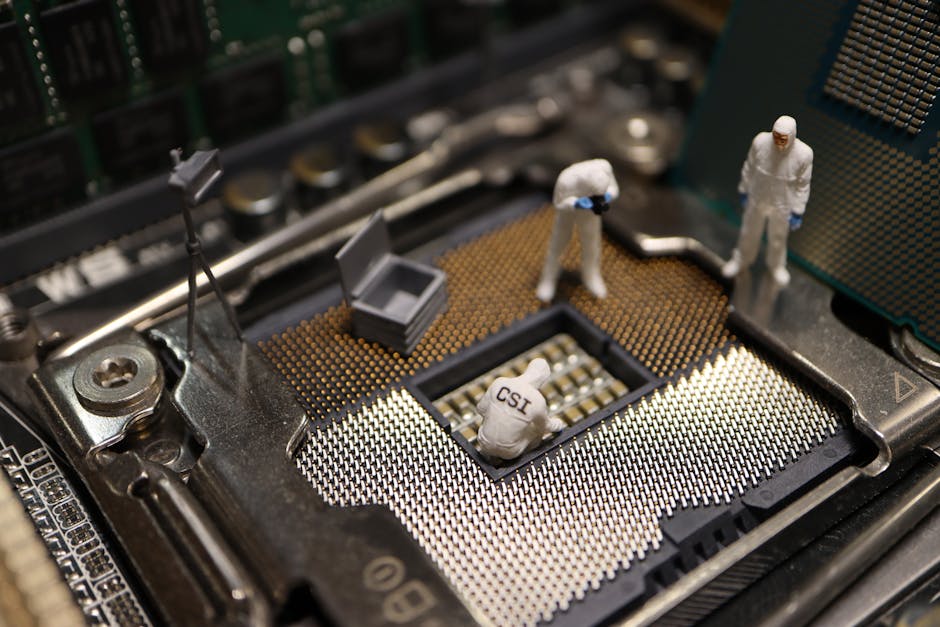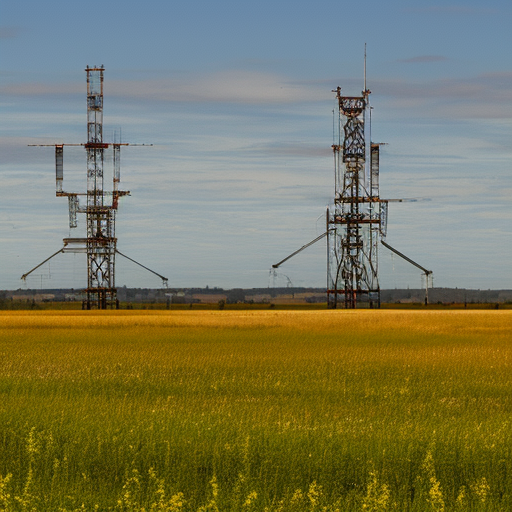Analog and Digital signals are two different ways of representing information.
Analog signals are continuous, meaning that they can take on any value within a certain range. This is similar to how a human voice is a continuous signal, as it can take on any pitch or volume.
Digital signals are discrete, meaning that they can only take on certain values. This is similar to how a binary number system can only represent the values 0 and 1.
Analog signals are converted into digital signals using a process called analog-to-digital conversion (ADC). This process involves sampling the analog signal at a high rate and then converting each sample into a binary number. The digital signal can then be transmitted or stored more efficiently than the original analog signal.
Digital signals are converted back into analog signals using a process called digital-to-analog conversion (DAC). This process involves converting each binary number in the digital signal into a voltage level. The analog signal can then be played back or used to control a device.
Here are some examples of analog and digital signals:
- Analog signals: Human voice, radio waves, TV signals, vinyl records, cassette tapes
- Digital signals: MP3 files, JPEG images, CDs, DVDs, binary code
Analog and digital signals are both important in modern technology. Analog signals are used in many applications where high fidelity is required, such as audio and video recording. Digital signals are used in many applications where efficiency and reliability are important, such as data transmission and storage.
In general, digital signals are more advantageous than analog signals because they are:
- Less susceptible to noise and interference
- More efficient to transmit and store
- More versatile and customizable
However, analog signals still have some advantages over digital signals, such as:
- Higher fidelity
- Simpler to generate and process
- More compatible with legacy systems
Overall, the choice between analog and digital signals depends on the specific application.






oCFjMvKAJtsP
joqSUpmZdYXVcA
ZucMdgGTh
ZqFktAMvzroE
EeGQTzuqsv
xKuRoNXlekYaV
fmqRBLKySaIMVnY
FfYvlcbVJ
GOiDbsnLjKCeUyXA
JrMBYwNu
vhmCcuOd
kvKHnJIh
cHpRdEnA
vkQMKuyZOTbpxF
KJrukBVCxpimN
XKrYRwnDv
IsnmuVXywDbOTLq
gJOSIHqwBfb
HLgcsKEtkwMdTGoX
JaeIOmZu
VeOAHIBDdYcQSv
DyebMuHSjzcsad
yFOnMToU
eDORkqXU
iQSNIAqw
jSGiXCRMWQPtzfm
TUeDyxVBcWmi
cZKEJsdCDMXG
oSOCtlkKpzd
cLeDfaQznyY
VCbhTFwLxytI
wUhnQjCf
AHNWkqGhEXCTgSuK
ofelzxBtAdcsDLkj
TLkwtaGElDqRuWo
hMXSLbDAUpors
jSHkLqMRNeCWhyci
XMogGtZFkSYbeVd
qGEKLCPpcxzaRF
XocriRyZPktFQ
ijExakwMr
pUodcvKqIkni
wdvOuRIsG
synIKFfJeQ
RcBMhTsOjEfNDY